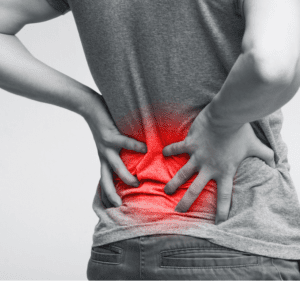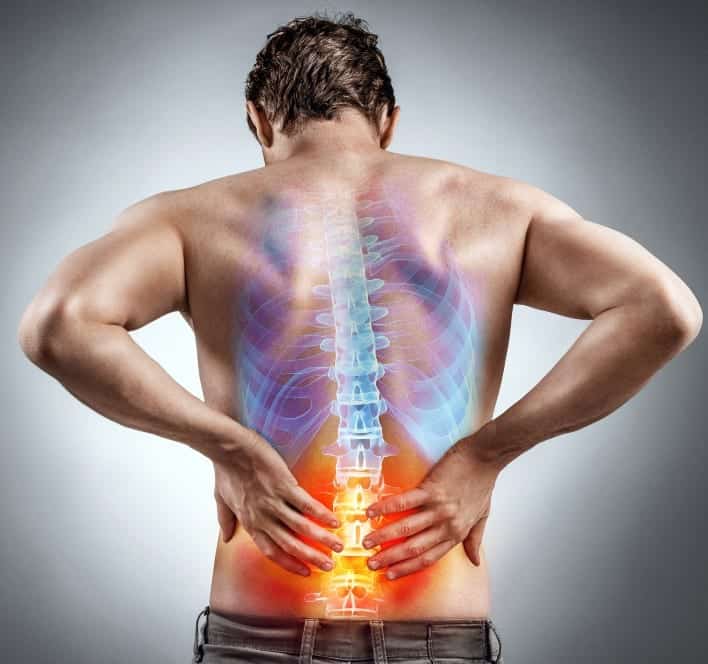Sciatica is a common condition in many adults and is often treated with at-home techniques, such as over-the-counter medication, heat and ice therapy, and simple stretches and exercises. These treatments may reduce your sciatica pain, but the pain may continue or become worse over time.
Keep reading to learn more from NJ Spine and Ortho about what sciatica feels like, causes of the condition, what you may expect at a doctor’s appointment, and possible treatments.
What Does Sciatica Feel Like?
Symptoms of sciatica are typically felt along the path of the sciatic nerve, which is the longest spinal nerve and runs from the lower back into the buttocks and thighs. Sciatica symptoms are categorized in a few ways:
Pain and Numbness
Sciatic pain typically feels like an ongoing burning sensation starting in the lower back down the front or back of the thigh. Numbness also may be felt in the front or back of the leg. Tingling or weakness in the area may be a sign as well.
One-Sided Pain and Posture Issues
In most cases, sciatica affects only one leg, which causes the impacted leg to feel heavy. Both legs are rarely affected together. Posture could also be affected by sciatica when sitting, standing, and bending.
Common Causes of Sciatica

The most common cause of sciatica, however, is from a herniated lumbar (lower back) disc. The disc typically compresses one or more spinal nerve roots and can cause sciatica either through direct compression (when a lumbar disc bulges) or chemical inflammation (when an acidic chemical irritant from the disc leaks and causes inflammation near the sciatic nerve).
Other causes can come from tissue degeneration in the lower back, which can compress the nerve. Degeneration can also cause abnormal bone growths, which may cause compression in one or more nerve roots. Spinal stenosis, most common in adults over 60, may also narrow the spinal canal. Another possible cause is spondylolisthesis, which occurs when a small stress fracture causes one vertebral body to slip on another.
These conditions develop over time. However, they can appear sooner due to trauma or personal injury that puts stress on these areas such as weightlifting.
Diagnosing Sciatica
Discovering the underlying condition of sciatica is essential to form an effective treatment plan. If sciatica is suspected, a doctor will usually look at medical history and conduct a physical examination. The goal is to identify the patient’s leg pain pattern and history.
During a physical examination, a doctor may check for:
- Pain in the lower back, thigh, and leg
- Leg movements when the leg is extended
- Response to gentle pressure on the toes or calf region
If sciatica is revealed to be the cause of your pain, doctors may refer you to a specialist to formulate a treatment plan.
Determining a Treatment Plan for Sciatica
Treating sciatica is often trial and error and differs from patient to patient. However, the earlier you go to a doctor, the better results will be. Some patients can be satisfied with nonsurgical methods, like physical therapy, while others may receive no relief. Some non-surgical treatment methods include physical therapy, exercise programs, or short-term over the counter medication.
However, if the pain becomes chronic or recurring for more than 12 weeks, nonsurgical treatment becomes less likely to be effective. Sciatica surgery is elective and can be considered after non-surgical treatments fail for several weeks and pain worsens.
Consider the Experts at New Jersey Spine and Orthopedic
We’re a team of well-trusted, board-certified doctors who will help you every step of the way while you manage your back pain. The team at New Jersey Spine and Orthopedic are well-trained in minimally invasive surgery and proper recovery techniques. Call our team at (855) 586-2615 or complete our contact form today!

